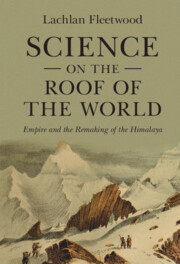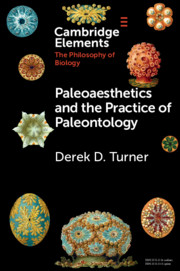Motivated by both science and empire, European explorers increasingly ventured into the high Himalaya after 1800, where they encountered the insidious yet little understood effects of altitude sickness. They did not, however, do so alone. Tensions arising from the highly unpredictable distribution of symptoms were exacerbated by explorers’ dependence on pre-existing networks of labour and expertise, which forced them to measure their bodies against those of their Asian companions. This article examines altitude physiology in the early nineteenth century, largely overlooked by scholars in favour of the more systematic scientific studies of the later period. I consider engagement with indigenous explanations (resulting from poisonous miasmas from plants), the tropes travellers used in their accounts to avoid inverting hierarchies around bodily performance, and attempts to quantify symptoms and instrumentalise bodies by measuring pulses. I argue that high mountains became spaces of comparison, intensified by uncertainty over the scientific status of altitude sickness, and use this to bring into focus the practical, everyday aspects of relationships between explorers, guides, and porters. By considering comparisons at multiple scales, this article also historicises the formulation of high mountain medical topographies in the context of upland frontiers and imperial expansion.




